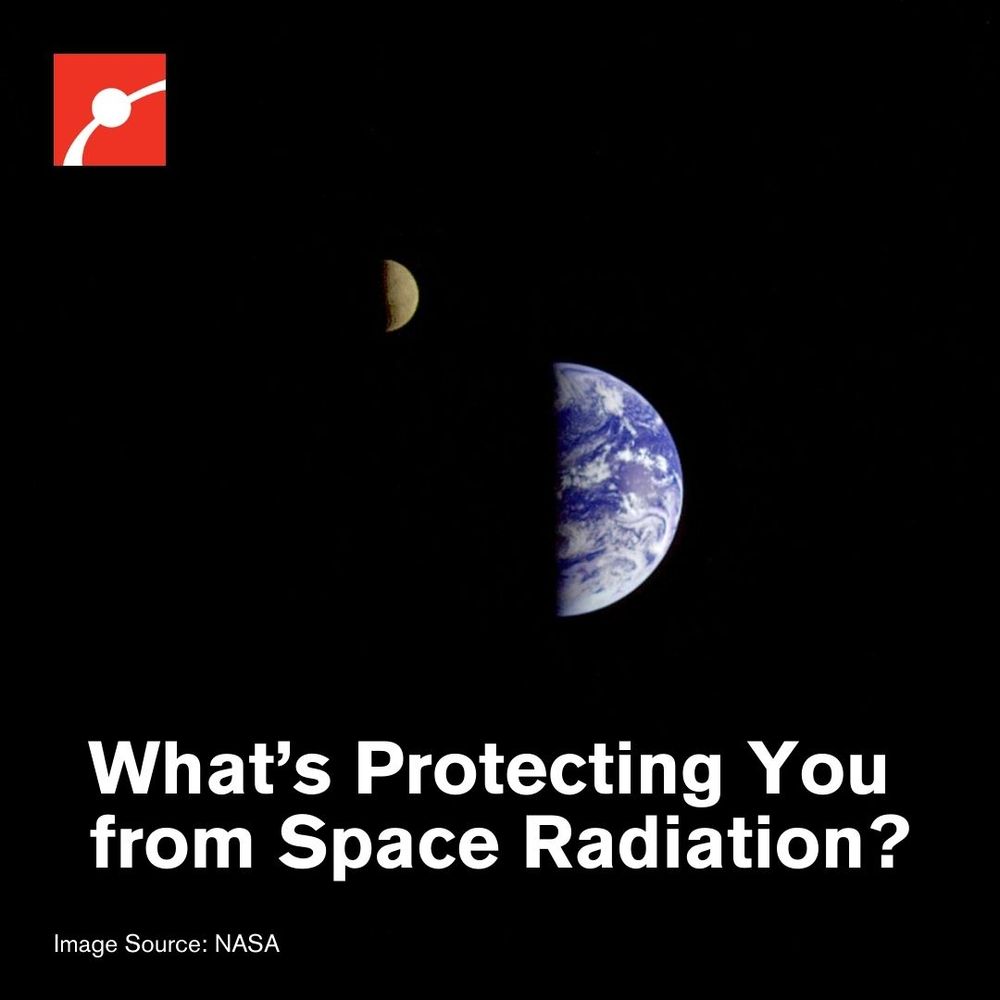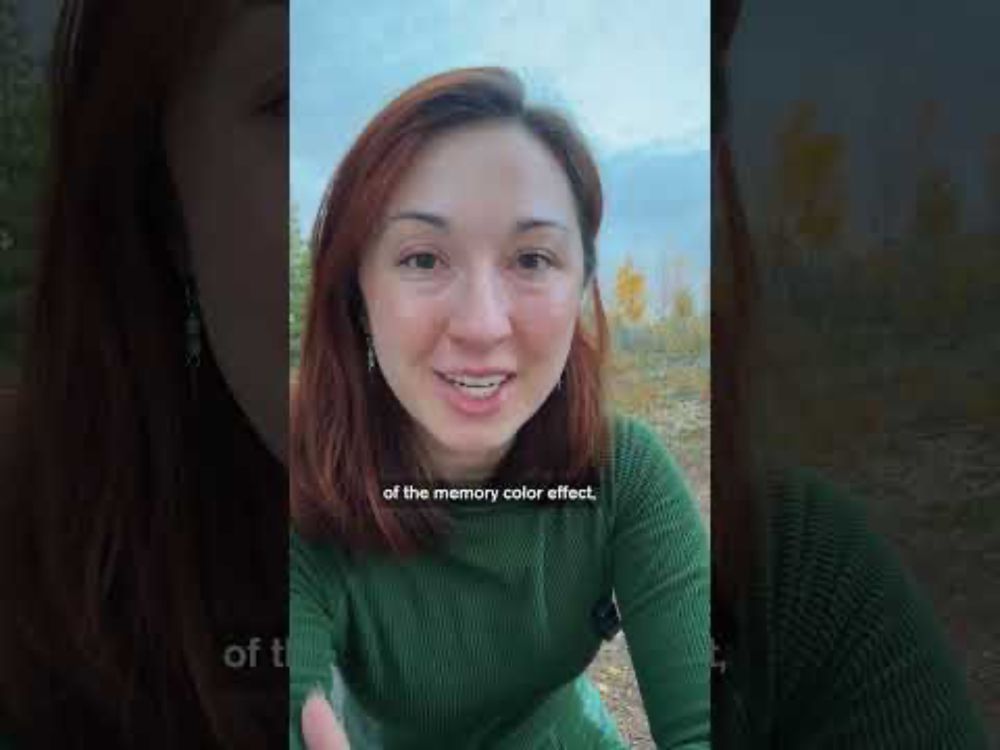Museum of Science
@museumofscience.bsky.social
4.7K followers
92 following
870 posts
Inspiring a lifelong love of science in everyone - in museums, classrooms and online. We believe in a world where science belongs to everyone.
Posts
Media
Videos
Starter Packs













